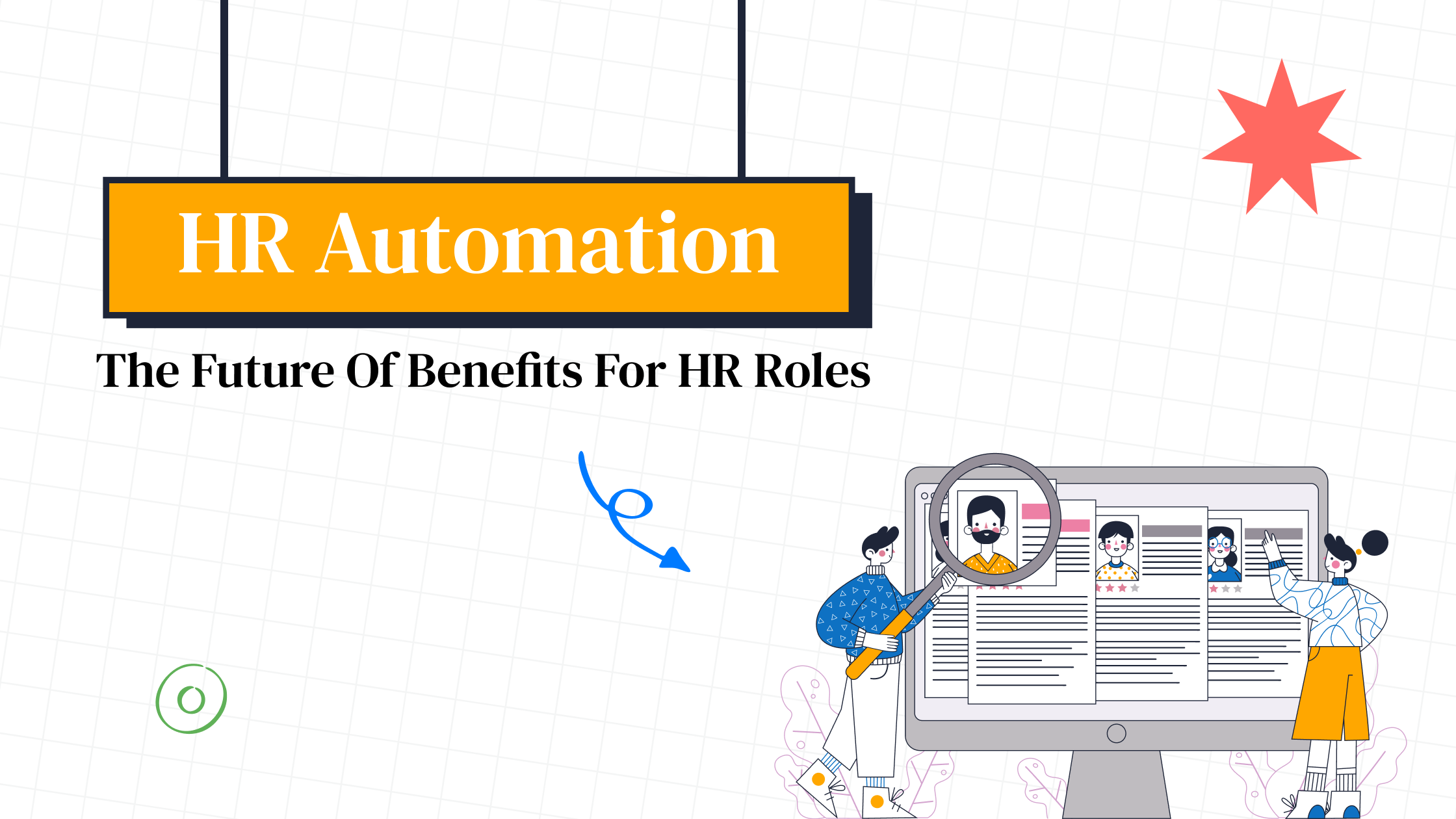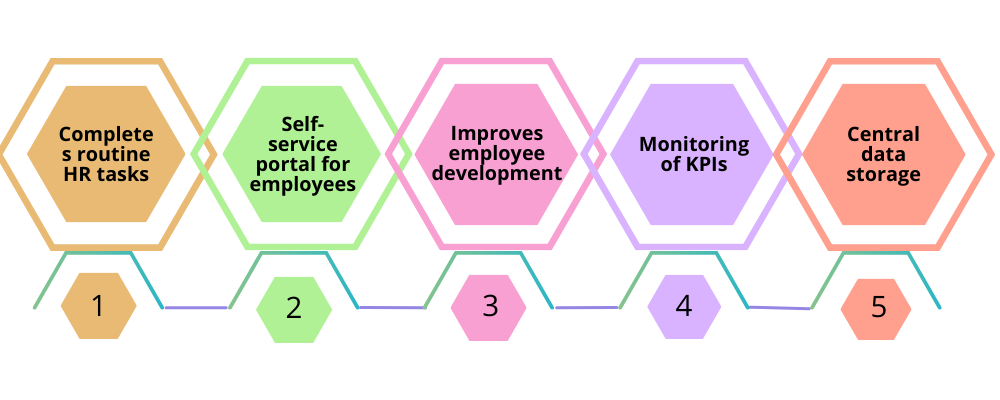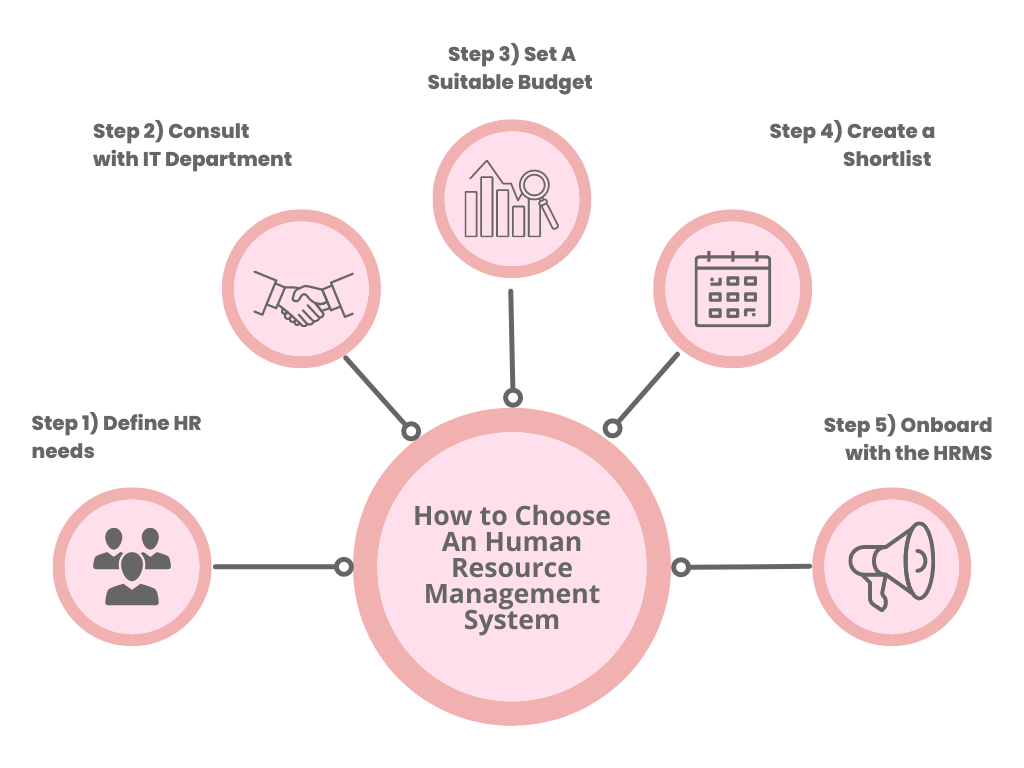UBS App is now Superworks

HR plays an important role in any organization! It is comprised of different roles and processes involved in completing them.
You will have to start from the beginning!
And to handle HR processes, you need am HR software. According to Grand View Research 2020, the global HR software market size is expected to exceed USD 10 Billion by the end of 2022.
Let us understand what is HRMS, what are its function, and its benefits to your organization. In this blog, you will also understand how to choose a perfect HRMS for your organization.

A human resource management system, or HRMS, is a system or software that manages a wide range of HR functions and processes for an organization. For instance, some of these functions may include onboarding, payroll, performance, attendance, offboarding, etc.
Its role is to essentially make life much easier for those in charge of HR within a company.
It also makes life easier for employees as it’s common for these systems to have the option for self-service so employees can get stuff done at their convenience.
A human resource management system streamlines the company’s HR operations as these processes are automated and carried out more efficiently.

This means that the HR manager and team can focus their efforts and attention on other more important matters, as opposed to routine administrative tasks that can be more efficiently carried out by an HRMS.
As we’ve already mentioned, there are different types of HRMS, all with different functions and features. It might be helpful to know what some of these features are and how these can be of use to your organization.

This one is a common scope of human resource management where a module is prepared to hire a new joinee. When it comes to a Human Resource Management System, a particular module is prepared to help HR handle the different stages of the recruitment process.
Key processes involved in Recruitment:
As HR operations are handled by HRMS, you will see that it can help you with a step-wise guide to onboard a new employee. It will give a smoother and more efficient onboarding process for both employer and the employee.
Key processes involved in onboarding:
Employee compensation can help manage the internal part of HR operation whereupon have to decide how the employees are valued for their time invested in the company. An HRMS can help you with an accurate payment for the time tracked.
Key processes involved in compensation:
The performance of an employee is what determines productivity. And ultimately can you decide how effectively the employee makes up for the time he stays at work. An HRMS can help you determine the exact hours and the reports for everyday tasks.
Key processes involved in performance:
HRMS can help you handle the onboarding process with ease, as you have already listed down the task to be finished according to the position o the employee. Here everything can be efficiently handled by the organization.
The key process involved in Offboarding
One of the most important ways of handling the employee training function is how employees can upscale themselves to be beneficial to the company. They essentially define the future of the company. Human Resource Management System can make sure, it is well-managed.
The key processes involved in Training:
A very common and very important aspect of a Human Resource Management System! With automated software for your company, you can handle your data in a paperless way. Store all your data on cloud-based storage and keep it conveniently stored! You can also, have it thoroughly organized.
The key processes involved in the Database:
Tracking employee attendance can be tricky if you need to have an accurate time to see the salary management. This is a disciplinary aspect that you need to consider for your company. With an HRMS you can track your employees and thereby look after them.
The key processes involved in Attendance:
A self-service portal can help your employees cater to certain processes by themselves. For example, you can add documents, check leaves, apply for them, read policies, get access to EOD reports, etc. all by yourself.
The key processes involved in Self-service:
HRMS must have a system to commonly communicate with all the data and carry out the analytics accordingly. With this data, you can easily create strategic planning for future growth, whilst making the changes.
The key processes involved in Analytics:
Now, that we know about all the features and functions of a Human Resource Management System, let us understand what are the benefits of a Human Resource Management System.

A Human Resource Management System, as complex as it sounds can help you with growing your company with an efficient process. Let’s see what are those benefits!

An HRMS allows introducing a system that can help you streamline all the HR processes. It also reduces the paperwork and speeds up the process of documenting the employee information.
Enable a self-service portal to help you add and modify personal skills in the centralized system at an HRMS. This can make employee life easier as they do not have to be dependent.
Track your training sessions, and daily reports for the employee, it gives you performance reports, ultimately helping you with appraisal and promotions.
KPIs, also known as Key Performance Indicators can help you with deciding the observable and measurable time for the employees. It can help you evaluate retention strategies.
HRMS acts as a data centralization tool for all your employee information. The system can help you keep it in one place.
Now that you have understood the benefits of introducing an HRMS to your company, here is how you can choose one!

The below-mentioned graphic showcases the five-step methodology!

Begin with knowing what are the exact needs of your HR. You need to determine the features and functions your company requires.
Involve your IT department in the decision-making process. You need to know which HRMS will be suited best for your company and see the software’s compatibility.
Include a maximum and minimum amount you can spend as a company on the system. You need to have a pre-approved budget plan.
Filter down from the vendors available. Once you have the best available option that suits your requirement, you can make your choice.
Make the purchase decision. Initiate the process and begin with the introduction and the implementation process.

And the easiest way is to choose!
5 Point Checklist to Pick An Agile HRMS and Mistakes to Avoid!
UBS All in One Business Management Software
One of the most important aspects of buying software is to have a support team that is available 24X7 to help you with queries. Apart from all the necessary features, you might require, UBS human resource management system provides you with excellent support.
Book a demo now!
A human resource management system or HRMS is a suite of different modules combined in software to help you with HR processes.
There are different types of HRMS. Some of them include HRM - Human Resource Management, TMS - Talent Management System, ATS - Applicant Tracking System and LMS - Learning Management System, and Payroll Management System.
Listed here are the 7 key functions of HRM: Talent hiring, Onboarding, Training management, Performance appraisal, Workforce engagement, Payroll management, and Compliance management.
An HR system can help you handle processes with ease. Unless your Hr loves to do manual processing and you are okay with errors, you can bring in a human resource management system to your company and make it all quick and easy.
The key component of HRMS may include how to standardize and consolidate the processes related to HR management. These components may include employee management, workplace management, compensation management, performance management, Organization management, benefits management, and timesheet management.
We are here to help you find a solution that suits your business need.
Get a visual representation of how we work!
Schedule DemoOur sales expert is just one call away to meet your needs.
Get In TouchHave a question?
Chat with Us